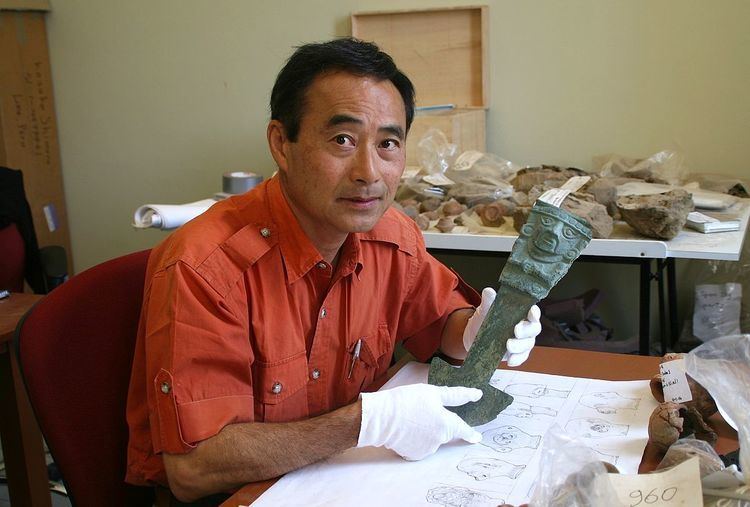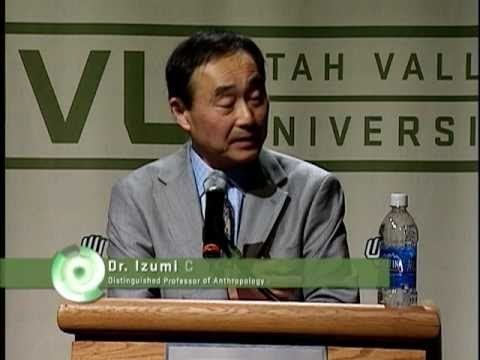Name Izumi Shimada | ||
 | ||
Books Pampa Grande and the Mochica Culture Education University of Arizona, Cornell University | ||
Uvu discovering the sican with izumi shimada
Izumi Shimada 島田泉 is a Distinguished Professor of Anthropology at Southern Illinois University, Carbondale (SIUC) and 2007 Outstanding Scholar with research interests in the archaeology of complex pre-Hispanic cultures in the Andes, the technology and organization of craft production, mortuary analysis, experimental archaeology, the role of ideology and organized religion in cultural developments, and ecology-culture interaction.
Contents

Born in Kyoto, Japan in 1948, Shimada moved at the age of 16 with his parents to the U.S. in 1964. He majored in anthropology at Cornell (B.A. 1971) where he became interested in the ancient Andean civilization and experimental archaeology under tutelage of Prof. John V. Murra and Robert Ascher, respectively. Two seasons (1973, 1975) of archaeological fieldwork at the Moche city of Pampa Grande (c. AD 600-750) on the northern coast of Peru led to his doctorate in anthropology from the University of Arizona in 1976.

Career
Since then, Shimada taught at University of Oregon (1977-8), Princeton (1978–1983) and Harvard (1984–1991) before joining the SIUC in 1994.
From 1978 to the present, he has directed the Sicán Archaeological Project, focusing on the developmental processes, technology, religion, and other aspects of the pre-Hispanic Sicán culture (c. AD 800-1400) on the northern coast of Peru. The project results formed the collection foundations of the Sicán National Museum in Ferreñafe, Peru, which opened in 2004.
In 2003 Shimada began interdisciplinary investigation into the social foundations and the paleo-environmental context of the famed prehistoric religious center of Pachacamac, outside the city of Lima. The executive government (2003) and the congress (2006) of Peru bestowed him medals of honor for his contribution to Peruvian cultural and historical knowledge and understanding.
He has written 150 journal articles and book chapters, collaborating on many of them with other prominent scholars in the field, including, but not limited to, Kenichi Shinoda and Robert Corruccini. Dr. Shimada has written or edited 11 books, including the following works:
